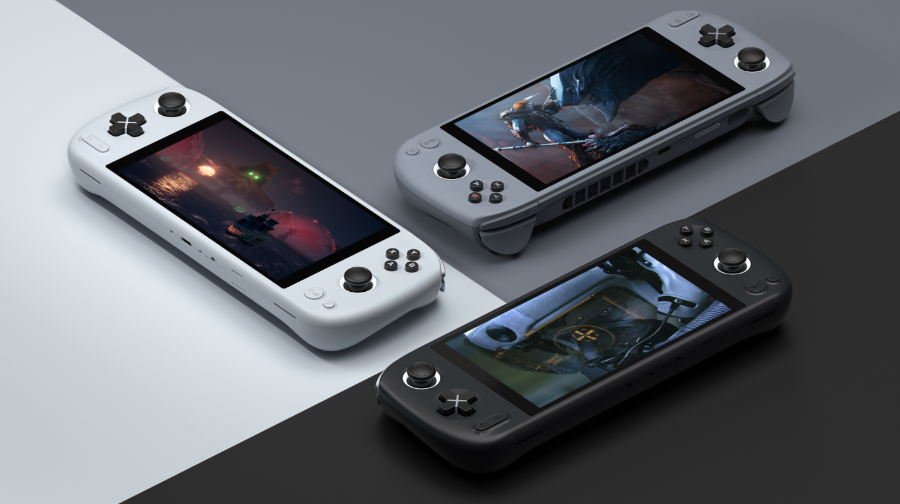Palm-sized power: Decoding the brilliance of handheld gaming CPU’s
A compact, portable, self-contained video game console with an integrated screen, gaming controls, and speakers is known as a handheld game console, or just a handheld console. Because they are more compact than home video game consoles and come with a console, screen, speakers, and controllers all in one, handheld game consoles are portable and may be used anywhere, at any time.
A tiny miracle that can open a world of gaming adventures is right there in the palm of your hand. The CPU is the silent powerhouse at the center of this pocket-sized marvel. The hidden hero that works behind the scenes in portable gaming devices is the processor, which is frequently overlooked by eye-catching graphics and stylish designs. Come along as we go deeply into the world of portable gaming processors and explore the nuances that make these chips the brains behind portable gaming.
Nintendo Gameboy – A Starter
Ever since the Nintendo Gameboy’s release and subsequent popularity, the handheld gaming market has proven to be extremely challenging to penetrate. Many well-known companies have made unsuccessful attempts to develop a product and ecosystem that might rival Nintendo. From Nokia to Nvidia, Sega to Sony, handheld gaming evolved into a bleak industry into which big names were afraid to enter.
Rivals of Nintendo, Atari, and Sega, released other systems about the same period. In terms of power and color screens, the Atari Lynx and Sega Game Gear were both more sophisticated than the Game Boy. However, power came at a price: both consoles had significantly shorter battery lives and were heavier than the Game Boy. Game Gear’s unique TV tuner add-on, which temporarily transformed your gaming console into a portable TV, made battery life even worse.
Compared to a few years ago, high-end (or even mid-tier) smartphones today promise amazing performance. The screens are lightweight, have a stunning appearance, and battery life is no longer a problem. What’s not to enjoy? Also, take into account the industry for mobile gaming apps’ immense size and worth as of late.
Gaming PC
Its appeal among many gamers can be attributed to a fairly basic concept: why not create a mobile device centered around the newest PC hardware? Of course, the idea is not new. PC hardware has been used by Sony and Microsoft for several generations. In actuality, the AMD Zen 2 architecture CPUs that powered the first-generation Xbox and PlayStation models were also present in the Steam Deck when it was released.
AMD Zen architecture CPUs, which are produced using TSMC’s 7nm technology, are powerful processors with excellent integrated graphics value. Steam Deck has a rather large GPU based on AMD’s RDNA 2 graphics architecture and a quad-core (eight-thread) APU based on Zen 2. Compared to most Windows laptops, this has greater grunt.
The maturity of these platforms may be seen in the fact that we can now fit a reliable, lightweight handheld computer with x86 hardware inside that doesn’t overheat. As AMD successfully combines strong CPU and GPU performance into a single, low-power chip, Intel and Nvidia are jealous. However, Microsoft, Sony, and now Steam were among the first to capitalize on AMD’s newfound prominence as a gaming device hardware partner. But hardware isn’t the only factor.
Conclusion
With a Wi-Fi connection, the Sony PlayStation Portal seeks to stream your PS5 gaming experience. It will, at the very least, effectively keep you bound to the Sony ecosystem—even with the exclusive headphones and earbuds.
An Android-based handheld, Logitech G Cloud that can stream games or run them via emulators, is another product that Logitech has released into the market. It’s a sophisticated, well-made gadget, but if you’ve ever experimented with game emulators, you know that sometimes they can be (literally) hit or miss.
A dedicated PC gaming community emerged as a result of the PC gaming industry’s long-standing defiance of the console business. This community demands access to the newest hardware and the finest gameplay experience available on the newest titles. They seem to be asking for the ability to travel freely these days as well. After facing certain issues, PC gaming has revitalized and transformed handheld gaming.
At last, the main factor limiting mobile gaming experiences has been the computational power of phones. Due to this restriction, there is currently a market for powerful handheld devices designed just for gaming, enabling consumers to enjoy more sophisticated gaming experiences while on the go.
Source
- https://www.konvoy.vc/content/the-future-of-handheld-gaming
- https://www.linkedin.com/pulse/rise-handheld-gaming-pc-11-international
- https://www.amd.com/en/technologies/zen-core
- https://www.bitsathy.ac.in/random-processes-in-communication-engineering/

